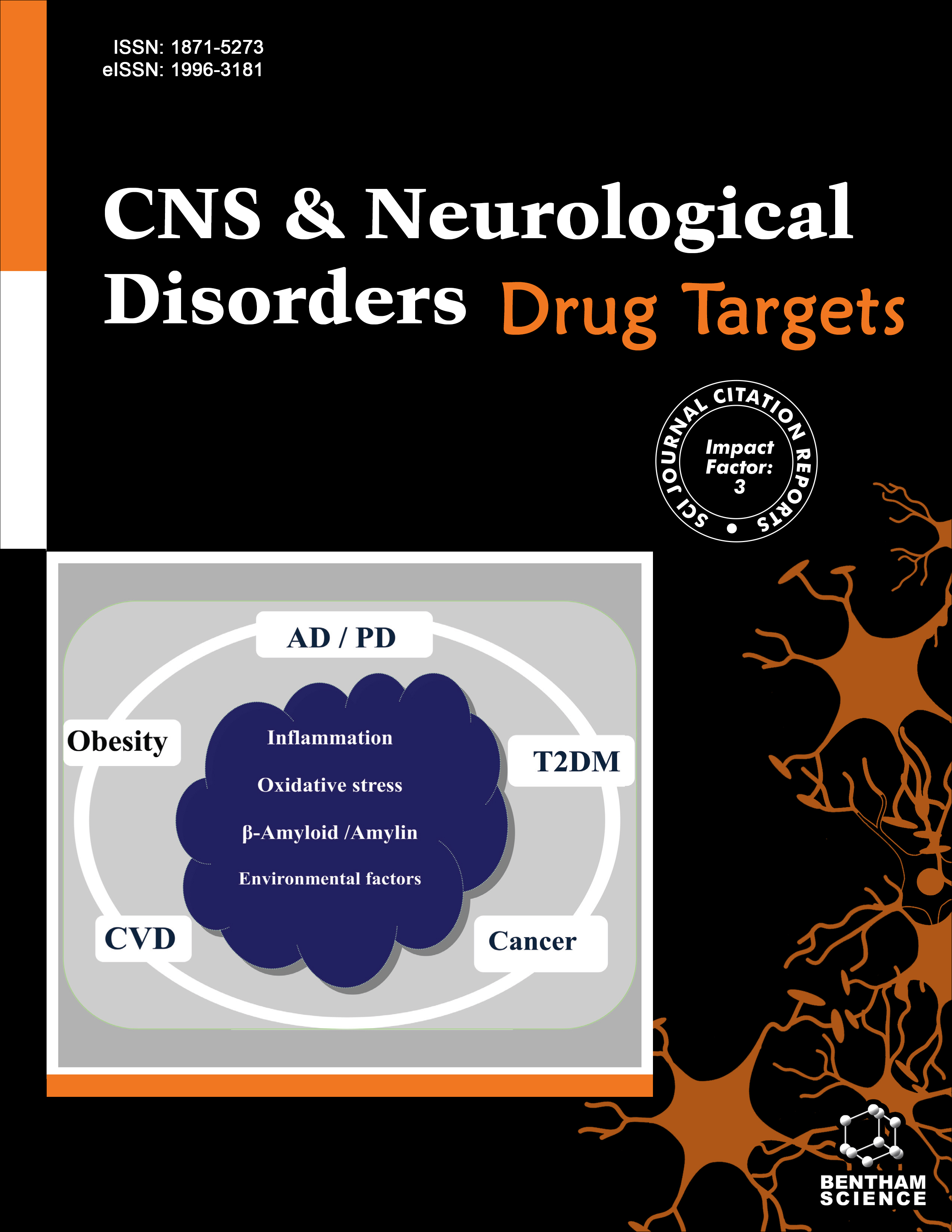
Full text loading...
Traumatic Brain Injury (TBI) is attributed to a forceful impact on the brain caused by sharp, penetrating bodies, like bullets and any sharp object. Some popular instances like falls, traffic accidents, physical assaults, and athletic injuries frequently cause TBI. TBI is the primary cause of both mortality and disability among young children and adults. Several individuals experience psychiatric problems, including cognitive dysfunction, depression, post-traumatic stress disorder, and anxiety, after primary injury. Behavioral changes post TBI include cognitive deficits and emotional instability (anxiety, depression, and post-traumatic stress disorder). These alterations are linked to neuroinflammatory processes. On the other hand, the direct impact mitigates inflammation insult by the release of pro-inflammatory cytokines, namely IL-1β, IL-6, and TNF-α, exacerbating neuronal injury and contributing to neurodegeneration. During the excitotoxic phase, activation of glutamate subunits like NMDA enhances the influx of Ca2+ and leads to mitochondrial metabolic impairment and calpain-mediated cytoskeletal disassembly. TBI pathological insult is also linked to transcriptional response suppression Nrf-2, which plays a critical role against TBI-induced oxidative stress. Activation of NRF-2 enhances the expression of anti-oxidant enzymes, providing neuroprotection. A possible explanation for the elevated levels of NO is that the stimulation of NMDA receptors by glutamate leads to the influx of calcium in the postsynaptic region, activating NOS's constitutive isoforms.

Article metrics loading...

Full text loading...
References


Data & Media loading...

